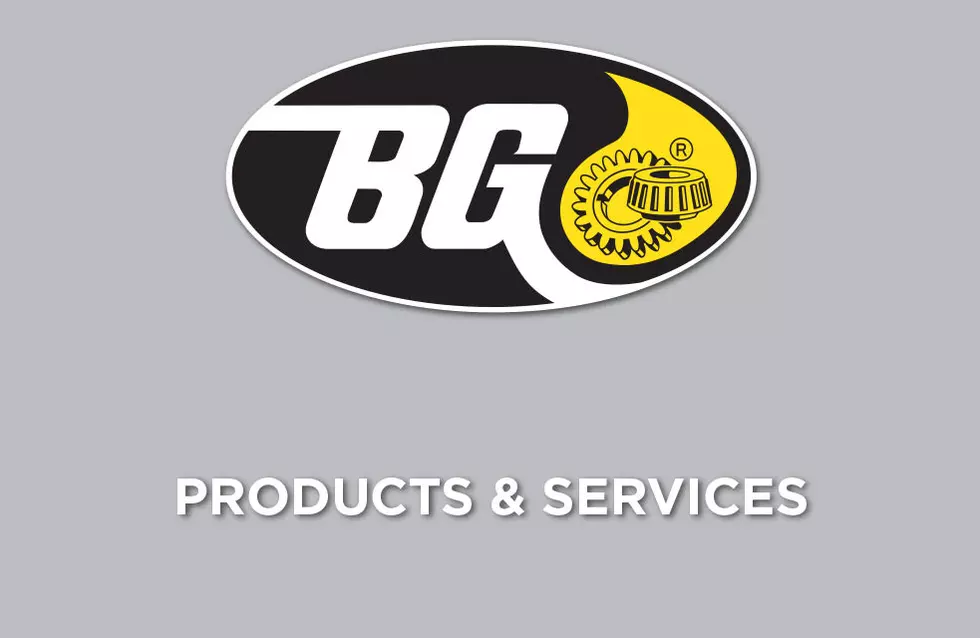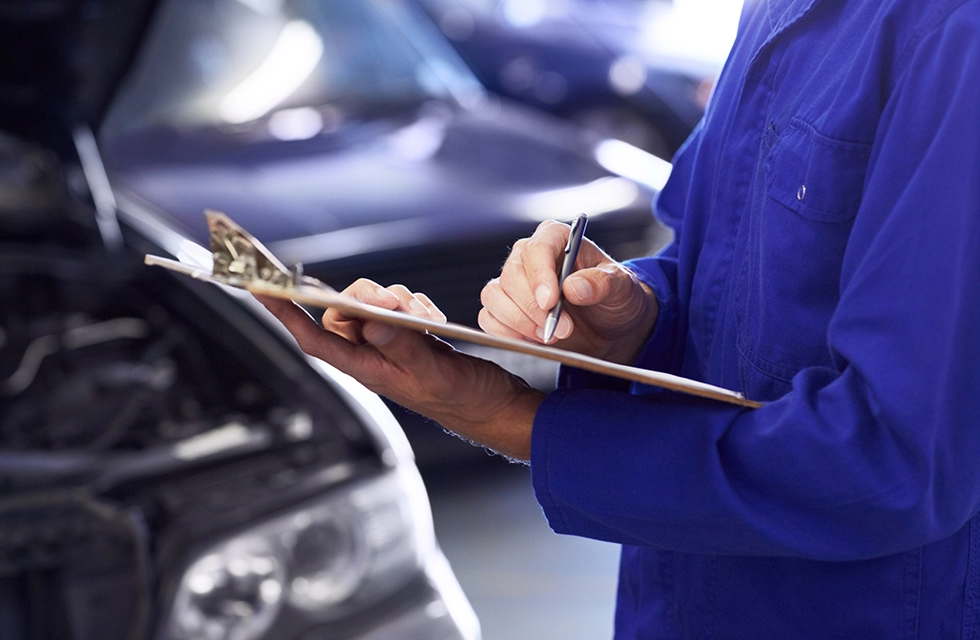When Are Your Tires Worn Out?
July 1, 2020
Hey Livonia area drivers, are your tires worn out? What is the standard for our Michigan streets? How can you tell on your vehicle?
While there may be legal requirements for the Livonia area, there are safety concerns that go beyond meeting minimum replacement mandates.
Two-thirty-seconds of an inch is the depth of the tire tread wear indicator bars that US law has required to be molded across all tires since August 1, 1968. When tires are worn so that this bar is visible, there's just 2/32 of an inch – 1.6 millimeters – of tread left. It's that level of wear that's been called into question recently.
We're referring to the tread depth on a tire, it can't move surface water out of the way and you start to hydroplane.
In a safety study, a section of a test track was flooded with a thin layer of water. If you laid a dime on the track, the water would be deep enough to surround the coin, but not enough to cover it.
A car and a full-sized pick-up accelerated to 70 miles per hour, or 112 kilometers an hour, and then made a hard stop in the wet test area. Stopping distance and time were measured for three different tire depths:
- New tire tread depth
- 4/32 of an inch, or 3.2 mm
- 2/32 of an inch, or 1.6 mm
So what happened with the 2/32 inch/1.6 mm tires on the car? Get this – when the car had traveled the distance required to stop with new tires, it was still going 55 mph/89 kph. Stopping distance was nearly doubled to 379 feet/116 meters, and it took 5.9 seconds.
Wow! That means if you barely have room to stop with new tires, you would hit the car in front of you at 55 mph/89 kph with the worn tires.
Now, with the partially worn tires – at 4/32 of an inch, or 3.2 mm – the car was still going at 45 mph/72 kph at the point where new tires brought the car to a halt. It took nearly 100 feet, or about 30 meters, more room to stop and 1.2 seconds longer. That's a big improvement. We can see why Consumer Reports and others are calling for a new standard.
Of course, stopping distances were greater for the heavier pick-up truck.
How do you know when your tires are at 4/32 inch or 3.2 mm? Easy; just insert an American quarter into the tread. Put it in upside down. If the tread doesn't cover George Washington's hairline, it's time to replace your tires. With a Canadian quarter, the tread should cover the numbers in the year stamp.
You may remember doing that with pennies. A penny gives you 2/32 inch, or 1.6 mm, to Abraham Lincoln's head. The quarter is the new recommendation – 4/32 inch, or 3.2 mm.
How do people feel about replacing their tires earlier? Well, tires are a big ticket item and most people want to get the most wear out of them that they can. But do you want that much more risk just to run your tires until they are legally worn out?
For us, and we would guess for many, the answer is "no".
Elite Tire And Auto Care
33729 Plymouth Rd.
Livonia, Michigan 48150
734.427.3100
Need Service?
More articles from Elite Tire & Auto Care

A Bright Spark (Ignition Coil Replacement)
March 30, 2025
Ever wonder how your vehicles engine is able to take the 12-volts from its battery and ramp that up to as high as the tens of thousands of volts it takes to fire its spark plugs? The secret is something called an ignition coil. Most newer vehicles have an ignition coil at each cylinder, but olde... More

Losing Your Cool (Why is My Air Conditioning System Not Working?)
March 23, 2025
When you turn on the air conditioning in your vehicle, you expect cool air to come out of the vents. You depend on it, especially in hot weather, but it can also be important in humid weather when you need it to help defrost your windows and windshield. The air conditioning system has a lot of p... More

The Part You've Never Seen (Flat Tires and Solutions)
March 16, 2025
They say your vehicle has one, but you've never seen it. And you might not even know it if you stumbled on it accidentally. We're talking about the jack, that tool that allows you to lift one corner of the vehicle up so someone can change a flat tire. So you say you'd never try to change a flat ... More











